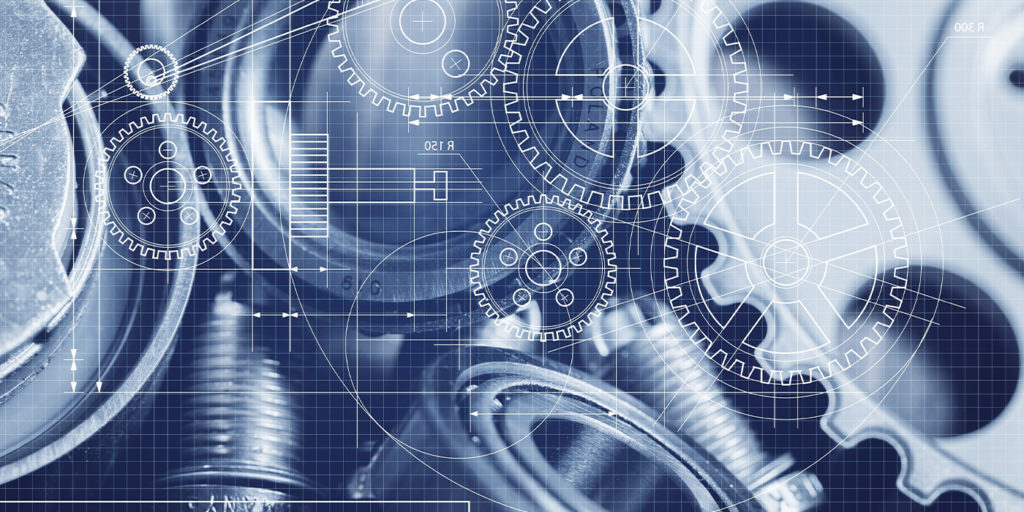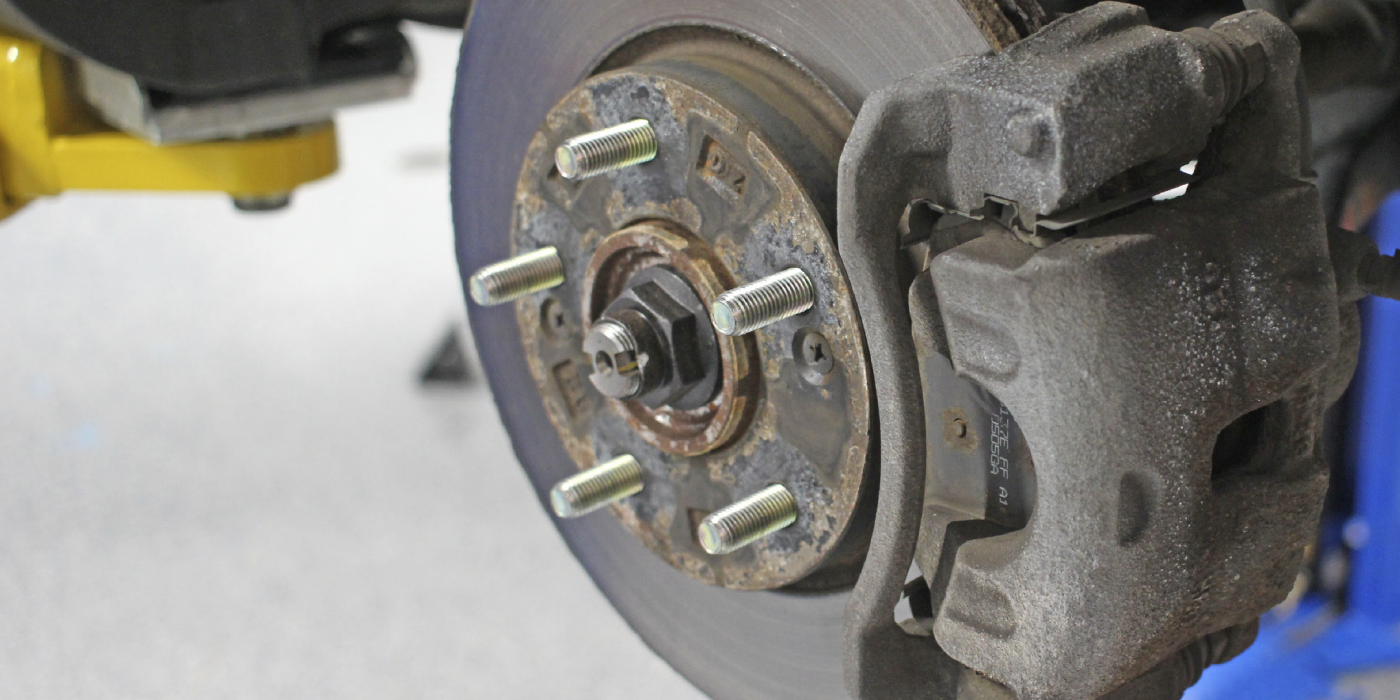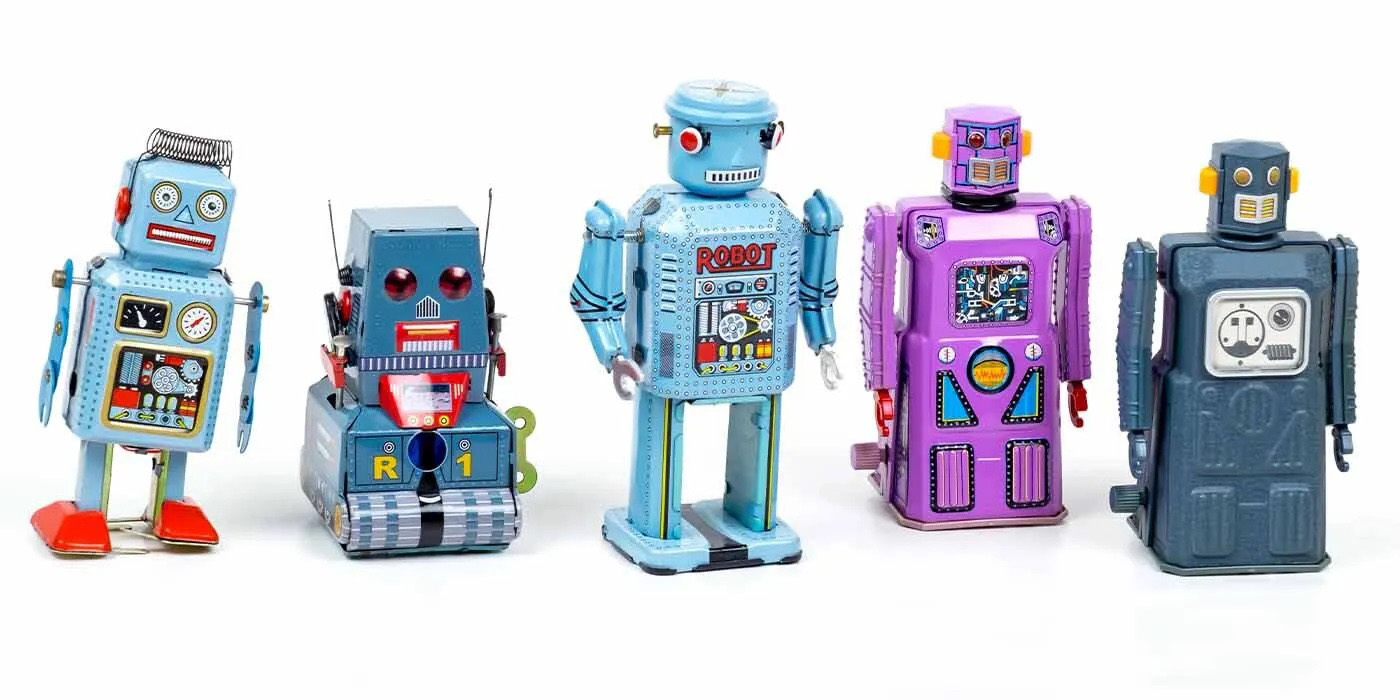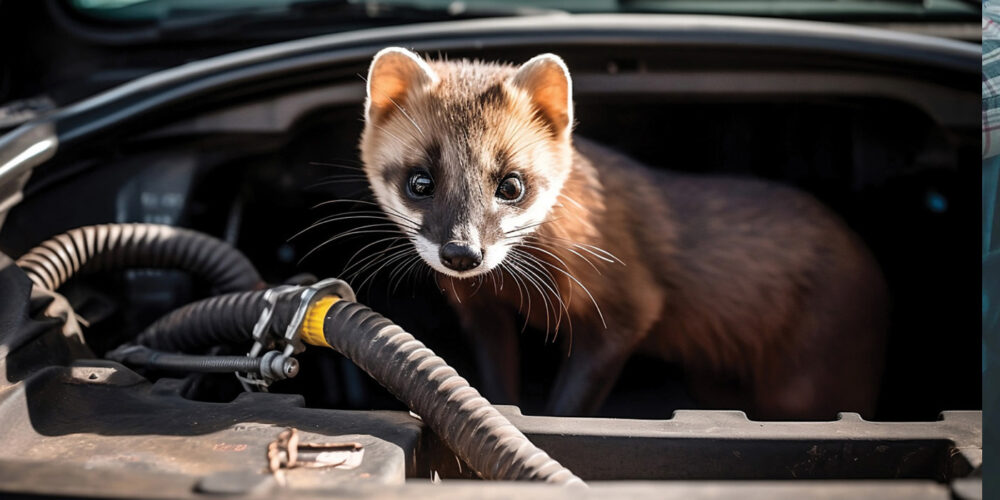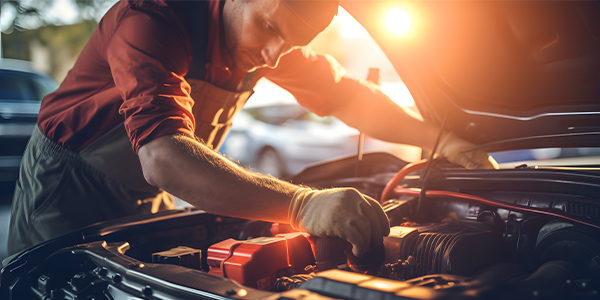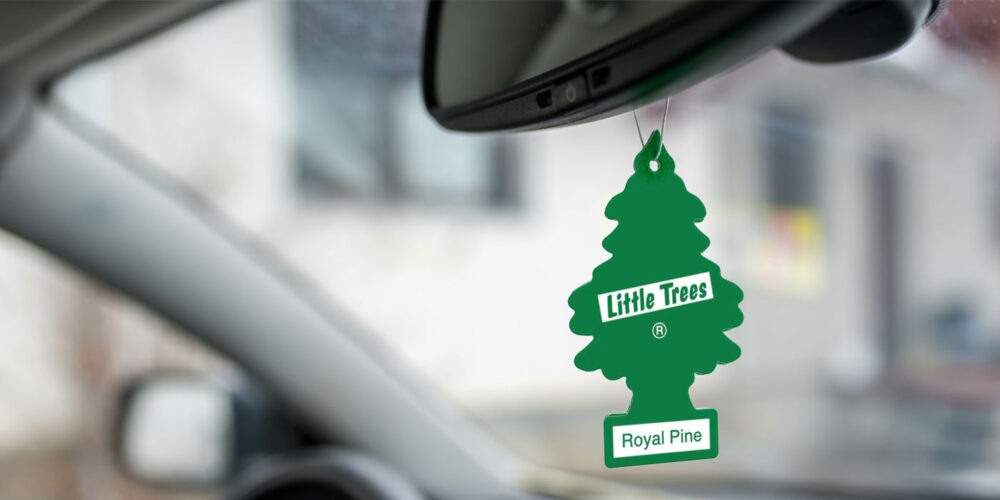Last month, I was trying to diagnose a P2096 for the downstream oxygen sensor reading too lean. The cure was a new downstream oxygen sensor. But, when the new sensor was installed, I started to get a P0141 for the oxygen sensor heater circuit. It ended up being a defective part and the heater circuit having less resistance than the original.
Another incident was the same story… a wheel bearing hub unit that had 36 poles on the encoder ring when it should have had 32. It was great until the test drive when it set a code for an erratic wheel speed sensor circuit.
These types of problems are productivity killers when you work on flat rate because you have to do the job twice, for no fault of your own. It is like scoring a touchdown, only to have it called back due to a holding penalty back at the line.
People like to complain about the complexity of modern vehicles. New technologies have changed how drivers use their vehicles and how technicians service them. But, the one thing hardly discussed is the sophistication and complexity of replacement parts.
Both incidents could have been avoided if a higher-quality part was used. Small details like the resistance in the heater circuit and poles on the encoder ring might seem inconsequential, but there is a big difference to the person installing the part and warranting the job.
It is only going to get worse as vehicles get more sophisticated. As these new technologies age, parts will need to be replaced. ADAS systems will need radar and camera sensors. Direct-injection vehicles will need high-pressure fuel pumps. Battery packs in hybrids and battery electric vehicles will need replacement.
What will happen if that radar sensor estimates a distance at 53 feet instead of 50? What if a direct-injection high-pressure fuel pump can’t produce enough pressure due to poor machining? Or, what if a battery pack is not properly sealed?
At best, the irregularity will result in a comeback with a light on. At worst, it could impair the safety of the vehicle. Motor vehicles are not like other consumer products. If they are not performing as designed, it is a threat to the occupants, other motorists and even the environment.
There are very few regulations on the books regarding the quality or safety of replacement auto parts. Unlike many products like children’s toys, food and drugs, there are no government agencies specifically for replacement parts. About the only guardrail in place is the National Highway and Traffic Safety Administration’s OVI database that can track accidents and customer complaints. It is only if something goes extremely wrong like a fatal accident, that government officials get involved.
This puts shops in a very interesting position. We are essentially the regulators in our industry. While we don’t have an office in Washington, DC, shops are the last line of defense against low-quality/high-tech auto parts. Issuing fines to manufacturers is not an option. However, shops can regulate the industry by enforcing the use of high-quality replacement parts.
Essentially, it becomes survival of the fittest. If a brand of parts has a great reputation and hasn’t caused a comeback, stick with that brand. If a part is selling strictly on price and availability, but is of questionable quality, don’t order the part. If we don’t order low-quality parts, chances are reputable parts sources will not stock the part. Also, support manufacturers that offer training. With more sophisticated parts needing replacement, training will be required to do the job correctly the first time.

